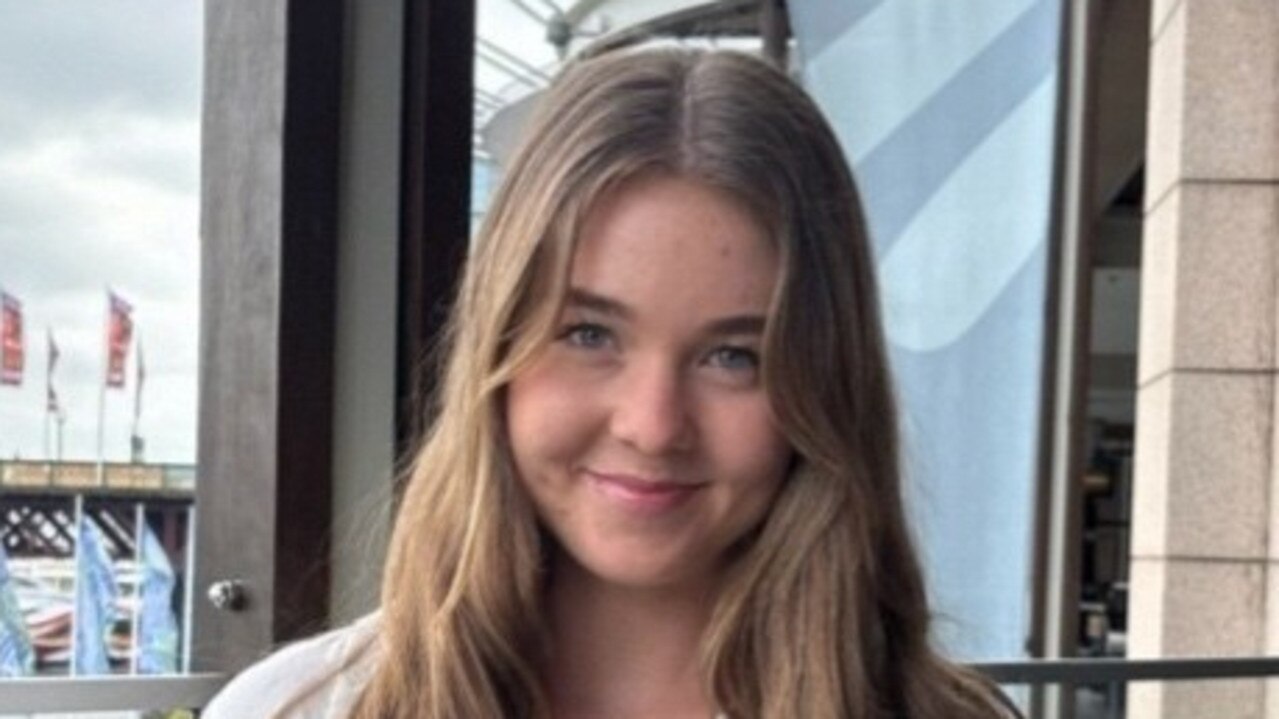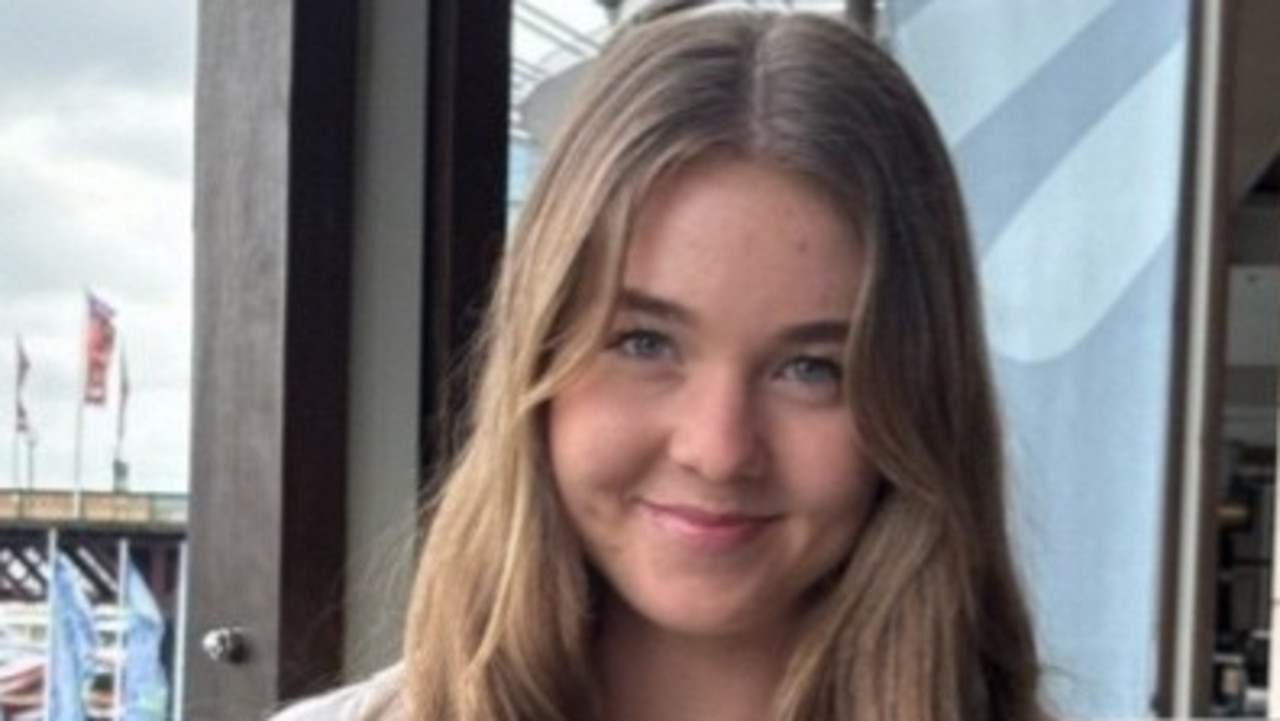Hospital costs soar as system faces overload
HOSPITAL expenses are continuing to balloon.

HOSPITAL expenses are continuing to balloon.
Figures show the cost of the average hospital admission grew 14 per cent over and above the inflation rate in the five years to 2009.
The State of Our Public Hospitals report, released by Health Minister Nicola Roxon yesterday, also showed hospital admissions had jumped to nearly five million patients a year in 2008-09, a 17 per cent increase over the four million patients admitted five years earlier.
Emergency department presentations rose 22 per cent from almost six million to more than seven million a year over the same period. Despite the influx, emergency department waiting times eased slightly from a median 25 minutes five years ago to 23 minutes in 2008-09.
Ms Roxon said the nation's hospitals could not sustain the increase in patient numbers, which was a key reason why the government had embarked on its hospitals reform plan.
The government hopes that boosts to primary care, an increase in the number of general practitioners and preventative health measures, including better management of chronic diseases, will cut the number of people seeking treatment at hospitals.
The release of the report comes days before funding as part of the hospital reform plan is due to flow.
Western Australia faces the quarantining of $352 million in hospital funding because of its refusal to sign the hospitals reform deal thrashed out between Kevin Rudd and the states and territories in April.
But with Premier Colin Barnett unmoved over his refusal to sign over one-third of WA's GST as part of the deal and Health Minister Kim Hames in China, an agreement this week appears unlikely.
The report showed waiting times for elective surgery had improved over the past five years but remained higher than a decade ago. In 2008-09, 86 per cent of patients received surgery within the recommended time, compared with 84 per cent five years earlier and 90 per cent a decade ago.
But the government's $150m elective surgery blitz was having an effect, with the number of people receiving elective surgery increasing to 595,000 in 2008-09 from 527,000 in 2003-04.
This included a 5.2 per cent increase in elective surgery numbers in 2008-09 compared to the previous year. But the median waiting time for elective surgery continues to grow. In 2008-09 it was 34 days, compared to 28 days five years earlier and 27 days a decade ago.
Royal Melbourne Hospital was the busiest public hospital in the nation, with 90,132 admissions during 2008-09, followed by Westmead Hospital in Sydney (80,111), Sir Charles Gardiner Hospital in Perth (79,392) and the Gold Coast Hospital (78,118).
The most expensive hospital procedure was burns, at an average cost of $121,241 per admission, followed by a caesarean with no complications ($8022), an appendix removal ($5815) and heart failure and shock ($4943).
Spending on health totalled $103 billion in 2007-8 (the latest figures available).
Of this, $30.8bn was spent on public hospitals and about $7.7bn was spent on private hospital services.


